People interested in the Mughal Empire must plan a visit the city of Lahore, Pakistan. In this city you’ll find some of the greatest examples of Mughal era architecture and art. One of the top tourist attractions in the city is the Shahi Hammam (Urdu: شاہی حمام), or the Emperor’s Royal Bath. Built in the 17th century, these royal baths have been fully restored to their former glory thanks to generous donations from Norway. Visitors who walk through this Royal Bath can better imagine what life was like for the Mughal royals during the height of their mighty empire
The governor of Lahore, Ilam-ud-din Ansari, began and finished construction on the Shahi Hammam in 1635. The emperor at the time, Shah Jahan, dedicated these Royal Baths to Ansari in thanks for his many years of service to the Mughal Empire. In addition to serving as the governor of Lahore, Ansari was a chief physician in Jahan’s court.

Another name for the Shahi Hammam is the “Wazir Khan Hammam.” Many visitors to Lahore will be quite familiar with the term “Wazir Khan” because that’s the name of one of the city’s beloved mosques. “Wazir Khan” literally means “High Court Official” and it refers to Ansari. You may recognize the word “Vizier,” which his used in the English language to describe a high official in a Muslim nation. Believe it or not, that word comes directly from “Wazir.”
In addition to serving Mughal officials, the Royal Baths were designed as an endowment for the nearby Wazir Khan Mosque. Both the Shahi Hammam and the Wazir Khan Mosque are located in the Walled City of Lahore very close to the Delhi Gate.
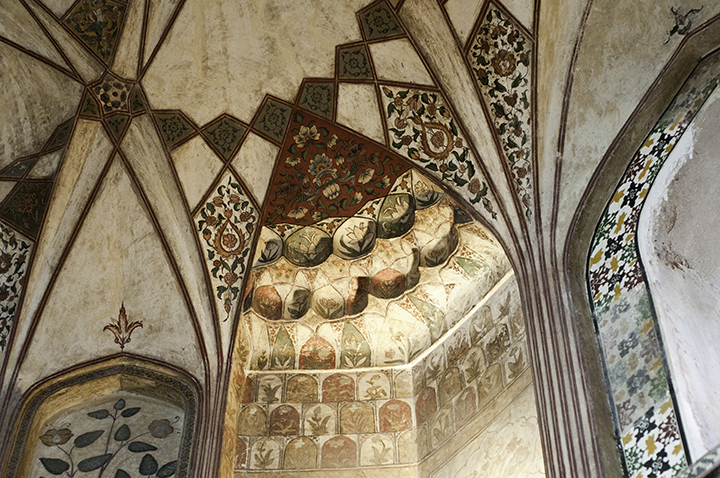
Anyone who knows about architectural styles in the Islamic world will instantly recognize Persian elements throughout Shahi Hammam. Both the layout and decorations of these Royal Baths were directly inspired by the Persian Empire. One of the main elements related to the Persian style in Shahi Hammam is the main dome’s opening that lets in natural sunlight.
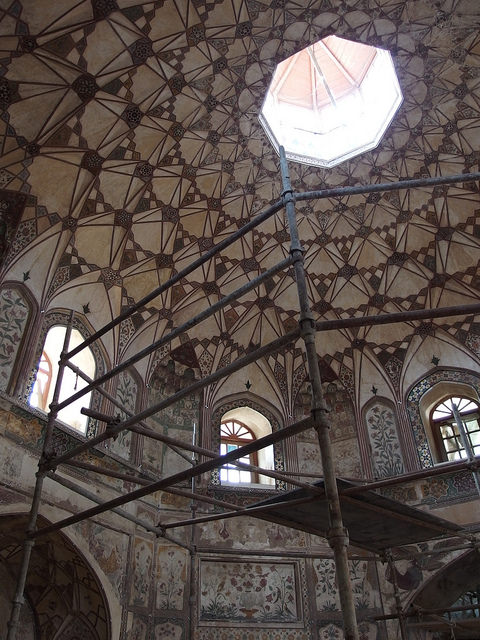
As you walk around the Shahi Hammam, you’ll see three main areas: the dressing room, the warm baths, and the hot baths. As with many important buildings in Muslim countries, there are rooms for males and others for females. Besides these three main rooms, there’s also a reception area and a quaint prayer station.
Luckily for the world, many of the marvelous Mughal frescoes inside have survived the ravages of time. Be sure to take your time marveling at the glorious designs Mughal era artists painted on these walls. The Mughals are still admired today for their attention to detail. Whether you tour the Shahi Hammam or the other major mosques in Lahore, pay careful attention to the fretwork, tile work, and mosaics. All Mughal era buildings are highly praised by art historians for their exceptional ornamentation.
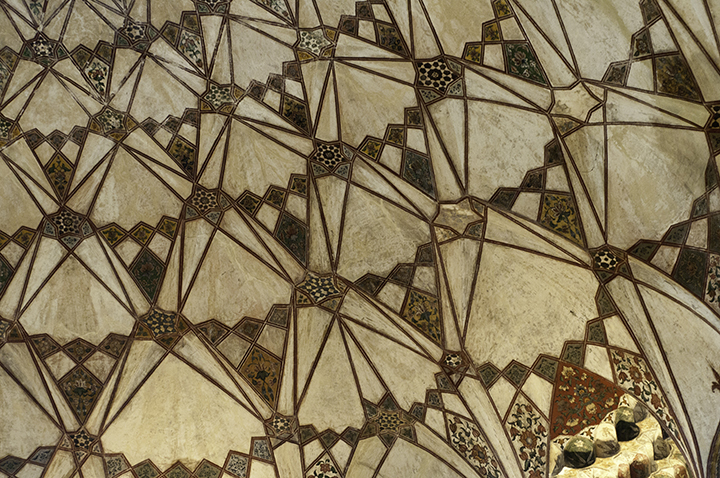
A few motifs you’ll see on the frescoes inside Shahi Hammam include birds, winged angels, and vases of flowers. The Mughals were well known for their fondness for flowers. You’ll see a great deal of lovely floral patterns all around the interior of these beautiful baths.
There are also many signposts throughout Shahi Hammam that will help you better understand the historical context of these marvelous baths. Most of these signposts are in both Urdu and English. Keep in mind, however, that the Shahi Hammam is still being renovated and that certain areas may be off limits to tourists at the time of your visit.
The Shahi Hammam was mainly used during the 17th century. Emperor Jahan allowed merchants to set up their shops right outside the Shahi Hammam at that time. Try to visualize court officials brushing by street merchants by these glorious Royal Baths! It’s fun to imagine what life must’ve been like during the golden years of this empire.
In the 18th century, people slowly stopped using these baths. After the Mughals fell to the Sikhs and then to the British, these baths merely became a cultural relic from a bygone age. During colonial times, the British transformed these Royal Baths into bureaucratic offices, a school for young children, and a recreational area. A few shops also began to spring up around the Royal Baths during British occupation.
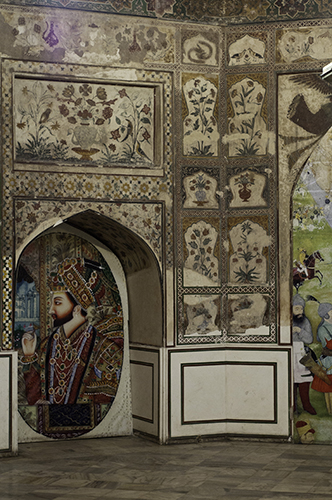
As briefly mentioned above, the Shahi Hammam has been through extensive renovation in recent years. The main group behind this effort is called the Aga Khan Trust for Culture (AKTC). Funded largely by Norway, the AKTC started restoration work in 2013. Throughout the years, the AKTC as well as the Walled City of Lahore Authority have done a great job recapturing the original magic of these regal baths.
Excavators working at the Shahi Hammam continue to be amazed with all the amazing things they find in these Royal Baths. Many engineers can’t believe the sophistication of the Mughals’ design scheme, which included intricate drainage and water heating systems.
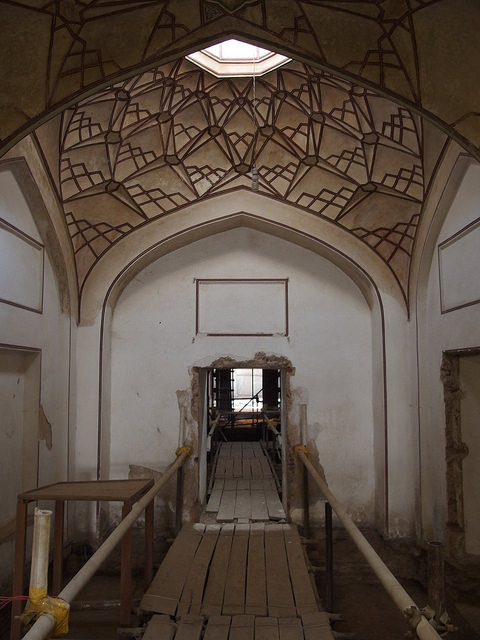
The restoration of the Shahi Hammam has also received a great deal of support from the United Nations. In particular, UNESCO awarded Shahi Hammam with the Award of Merit in 2016 for its efforts to preserve Lahore’s past. The restoration of Shahi Hammam is also an excellent example of how two nations with very different cultures (i.e. Norway and Pakistan) can help each other peacefully in the modern world.
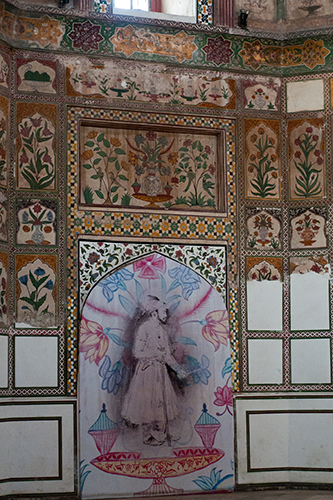
The great thing about the Shahi Hammam is that it’s located inside the historic Walled City of Lahore. This means you can easily see all of Lahore’s major historical sites within walking distance. Just a few of the other important Mughal Era sites here include the Lahore Fort, the Tomb of Ranjit Singh, the Wazir Khan Mosque, and Badshahi Mosque. Definitely plan on spending at least two whole days touring these extremely important Mughal era monuments and buildings.
What’s so special about the Shahi Hammam is that it’s the last surviving bath from the Mughal Empire. Thanks to the great restoration work, the Shahi Hammam is also one of the best-preserved Persian-style Royal Baths in the Islamic world. So, if you ever have the urge to feel like a pampered Mughal era royal, why not visit the Shahi Hammam?
* Photo Credits



